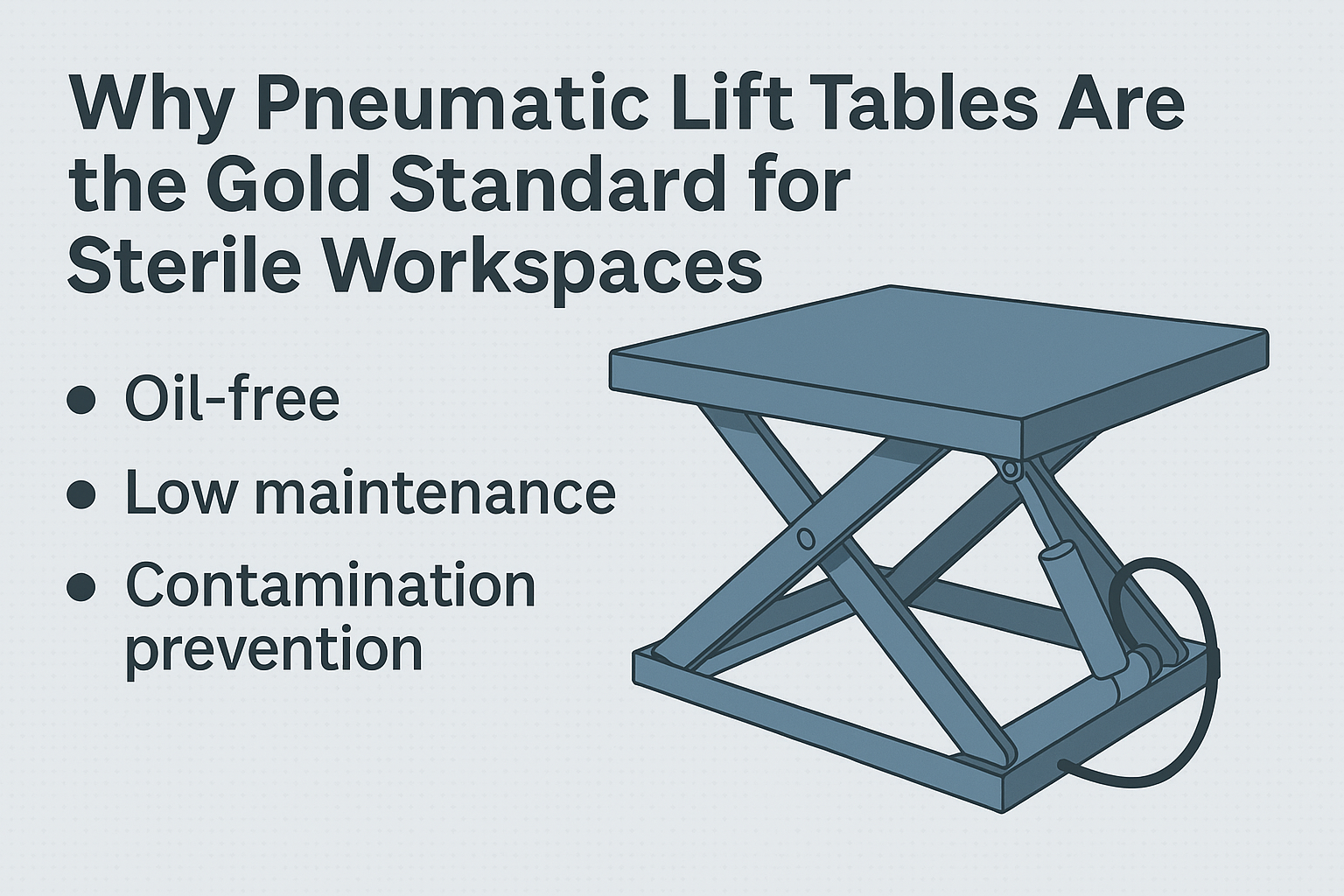
Why Pneumatic Lift Tables Are the Gold Standard for Sterile Workspaces
Explore why pneumatic lift tables outperform hydraulic and electric options in sterile environments. Clean, safe,
A typical ladder is not seen as a marvelous tool these days. People are in awe of extendable ladders that scale the heights of skyscrapers. Indeed, the simple good old ladder has witnessed some amazing transformation. Evolution would be the more appropriate word. But if you consider the ingenuity of the original ladder, then you would marvel at its utility and how amazing it is.
Today, ladders come with a ton of safety features. Ladders have become phenomenally safer now than they were a hundred years back. However, there are still ladder induced or related accidents in the country. More than a quarter million people get injured in ladder related accidents every year. While short falls from a stepladder in your backyard from a height of three or four feet wouldn’t injure you gravely, you must be cautious while climbing onto the roof or scaling a substantial height. You must always be safe, informed and sure of how you are using a ladder.
Regardless of the type of ladder you have or use, here are eight ways not to use a ladder.

Explore why pneumatic lift tables outperform hydraulic and electric options in sterile environments. Clean, safe,

From pharma to semiconductors, see how top industries use cleanroom lift tables to maintain compliance,

Understand what makes a lift table truly FDA and GMP compliant. Explore the must-have features,
Copyright 2025 All Rights Reserved – Industrial Man Lifts